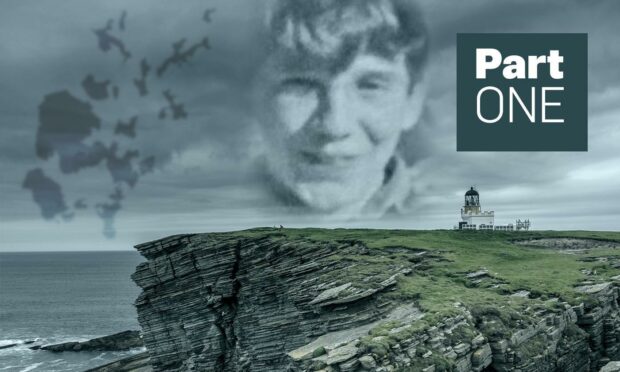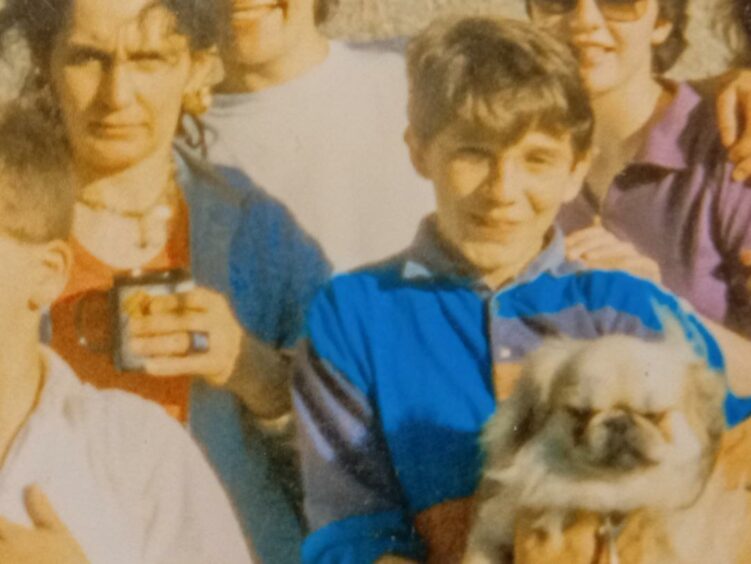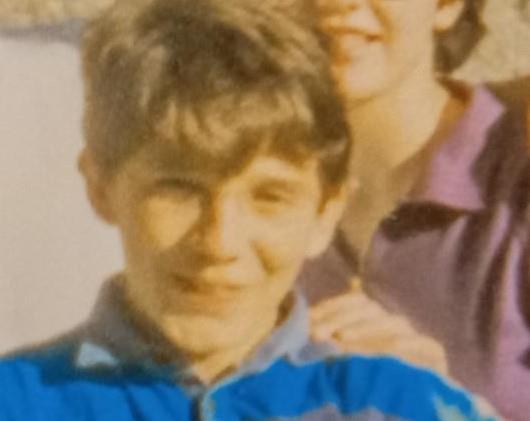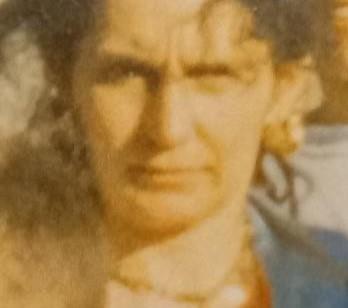You’re a child. It’s a dark, winter morning and you’re asleep when there’s a ferocious banging at the door.
It’s the police.
You’re yanked out of bed, whisked away and put into care with no more of an explanation than “We’re acting on information received.”
This happened to nine children and four families in Orkney in February 1991.
Accusations of Satanic ritual abuse (SRA) fuelled the raid.
The accusations turned out to be completely unfounded, promoted by two social workers who desperately wanted local abuse to fit what was emerging about SRA in other countries at the time.
SRA turned out to be a massive red herring, turning the focus away from real cases of physical and sexual abuse going on in the islands.
The ‘W’ family
At the centre of the scandal was one large, dysfunctional family, known as the ‘W’ family at the time.
The 15 Willsher children were subjected to horrific abuse both physical and, on the eight girls, sexual by their father.
He was imprisoned in 1987, but it didn’t stop matters from getting worse for the family.
Their social workers had learned about a case of Satanic Ritual Abuse in California and decided this form of abuse, which often took place in small, isolated communities, must be what was happening on the island of South Ronaldsay- with not even the flimsiest of evidence.
Their delusions led to yet another layer of abuse heaped upon the seven youngest W children who were taken away to the mainland in a chartered plane that morning.
Instead of kindness, love and care, rehabilitation and re-education, the children suffered the full force of ‘the system’.
Spirals of distress
It left two permanently institutionalised, others in permanent foster care, many with drug addictions and in spiralling cycles of mental distress.
All profoundly damaged and facing a massive, traumatic, uphill journey to rehabilitation to be able to make their way in the ‘normal’ world.
For many of them, the abuse didn’t stop when they were taken into what should have been a place of safety.
It continued even in foster homes.
The journey of an abused child, even when removed from the original abuse, can be far more vulnerable, frightening and traumatic than society would care to believe.
In a powerful testimony to the strength of the human spirit, one of the ‘W’ children, Henry R Willsher has told his story in a new book, Whatever happened to the ‘W’ children?
He wrote the book with the blessing of his mother, a woman downtrodden from 20 years of child-bearing, broken by her abusive husband, and by the system which was supposed to help.
He said: “She died in February and the utter sadness of her unknown heroism against the full weight of ‘the system’ struck me at her funeral.”
Reference book
He wants the book to be a tool of reference for anyone working with children in care or foster homes as well as social workers, juvenile-psychologists, therapists, criminologists and academics, studying the field of criminal behaviour.
“And also to shed a light on mental illness amongst those traversing the juvenile penal system to adulthood and, more common than is generally spoken of, the struggle with mental illness,” Henry said.
“Yes, it is a misery-memoir/spiritually-uplifting story, yet a good proportion of the book explains all aspects of those many families tragically affected, care staff, lawyers, police and social workers involved in the Orkney Satanic Ritual Abuse Case.”
Henry, who was 14 at the time he was dragged into care, is clear, open and frank in the telling of his story, warts and all.
He is also surprisingly unbitter, and the reasons for this emerge much later in his life.
Dog’s abuse
He describes the dog’s abuse meted out by his father to his children and how it led to a complete dysfunctionality in the family that few who were supposed to help understood.
Long before the SRA accusations, some signs were spotted by the school, and social workers were sent to the Willsher farm- but it proved easy to deceive them.
Suddenly there would be food on the table, a clean and tidy house, scrubbed up children too terrified to speak but wishing the visitors would stay long enough to see the real dad.
After the SRA accusations, the focus was no longer on Henry’s father, who had already been convicted and served time for child abuse.
It switched to something which didn’t exist, which meant that the real perpetrators of the abuse – there were more than one in this tale – got away with their actions.
Innocent players
Other completely innocent players in the drama had their lives ruined by what happened, including many of the kind, well-meaning people trying to help the family.
Henry writes: “We didn’t know we were guinea pigs for a completely unfounded theory, ridiculous in nature and grotesque in morals that was about to be searched for through our family.”
One victim was Reverend Morris McKenzie and his wife Jane who had untiringly tried to help the family over the years.
Henry writes: “They were questioned about hooks, symbols and what they knew about satanic ritual abuse.
“Morris was told he had apparently been dancing in a quarry, gyrating, while hooking children in from a larger circle.
“This poor old man, suffering the effect of angina already, wasn’t capable of dancing.”
Evidence discredited
An inquiry would later find that the scraps of evidence put together by the social workers were gleaned through a completely discredited form of leading questioning of children too damaged to understand what was going on, and grinding down of other ‘witnesses’ into agreeing to whatever was suggested out of desperation.
Meanwhile, the affected families fought tooth and nail for the release of their children.
Eventually the social workers’ case came to court and was thrown out in a day by presiding judge Kelbie.
Henry writes: “He’d listened to the tapes and gone through all the evidence.
“He was often disgusted to hear the leading questioning and threw the social workers’ application to proceed out, demanding the children be sent home.
Fundamentally flawed
“The judge criticised the social workers involved saying that their handling of the case had been fundamentally flawed…. He made it clear that he didn’t think any evidence had even been provided, other than ill-gotten confessions, extracted under duress.”
The children were returned, but of course that wasn’t the end of the saga for the families involved as they struggled to come to terms with what had happened.
Amid the extreme stress of the time, Henry also returned to Orkney to complete some scraps of education.
Meanwhile in October 1992 Lord Clyde published his damning report on the case- scathing in its criticism of the police, social workers and the Royal Scottish Society for the Prevention of Cruelty to Children.
Scathing
He was particularly scathing of the two social workers for attempting to bully, intimidate and coach children into going along with the SRA scenario.
One was involved with the Rochdale sexual abuse case of 1990, where she had unsuccessfully tried to push SRA.
The other had also tried to push the theory in Ayrshire.
It by no means brought closure to the case, as Henry writes.
“Then the great excuses began; how social workers were overwhelmed, and mistakes may have been made, but all avoided discussing the evidence.”
Henry tried to support his broken mother as she struggled to keep her family together, some still in care and unwilling to see her.
But he admits he was troubled and socially dysfunctional, shunned by some, living with a sense of unease and not knowing what the future would hold.
Part Two will be published tomorrow:
Henry’s long struggle to turn his life around and the extraordinary transformation by which he learned to understand and forgive those who made him suffer.



